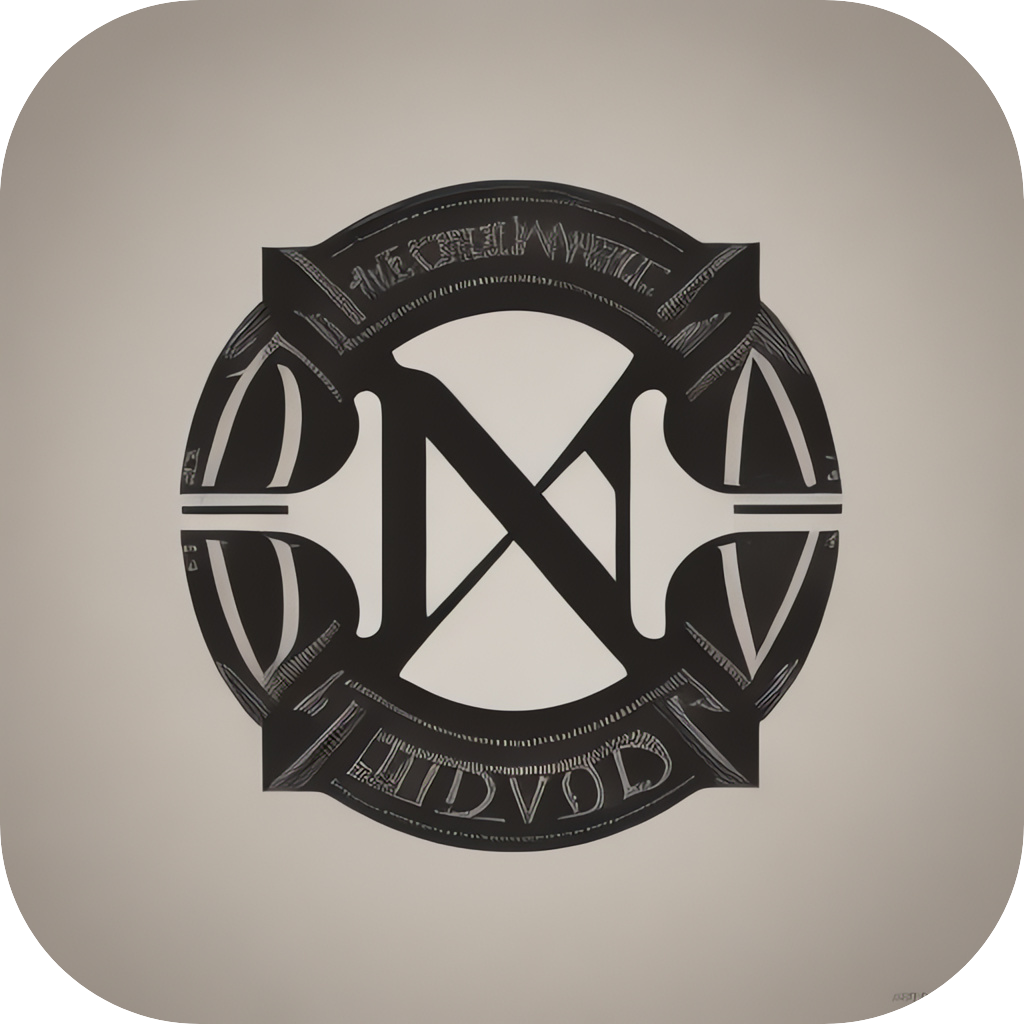Mastering MarkdownMind: A Comprehensive Guide to Efficient Note-Taking and Knowledge Management
In today’s fast-paced, information-rich age, the demand for effective note-taking and knowledge management skills has never been higher. The art of harnessing, organizing, and recalling information quickly and accurately is crucial in fields ranging from business, education, and scientific research, all the way to everyday personal development. At the heart of the most efficient and effective knowledge management systems exists MarkdownMind, a digital tool capable of revolutionizing the way you take notes, structure knowledge, and manage information. This guide will demystify MarkdownMind, offering a step-by-step approach to becoming proficient in this indispensable skill.
### Understanding Markdown and MarkdownMind
Markdown has emerged as a clear winner in the world of text formatting and note-taking, owing to its simplicity and efficiency. Unlike HTML, which requires a steep learning curve for advanced formatting, Markdown presents a universal language that is as easy to read as plain text while still allowing for sophisticated styling. This fluidity is what makes it the perfect backbone for many note-taking applications, including MarkdownMind.
MarkdownMind, in particular, takes the power of Markdown to the next level by embedding it directly into a user-friendly interface. It leverages the elegance of Markdown to enhance note-taking, allowing individuals to organize thoughts, ideas, research, and personal data in a concise, flexible, and easily searchable format. Whether you’re a student, a professional, or an avid learner, mastering MarkdownMind can be a transformative step in your approach to knowledge management.
### Key Features of MarkdownMind
To fully benefit from MarkdownMind, it’s crucial to grasp its key features, tailored to optimize efficiency and comprehension:
1. **Quick Formatting and Accessibility**:
– Utilize Markdown syntax to create headings, lists, links, and emphasize text. For example, use `#` for headers, `-` for lists, `[link text](URL)` for links, and `_underline_` or `**bold**`.
2. **Hierarchical Structure**:
– MarkdownMind supports nesting, enabling notes to have a hierarchy. This structure mirrors an outline, aiding in visualizing the organization of your content and allowing for easy referencing.
3. **Keyword Search and Tagging**:
– Assign tags like `#tags` and keywords within the text, which not only enhance the readability of your notes but also enable quick searches, filtering your information by subject or theme.
4. **Automatic Indexing and Navigation**:
– MarkdownMind creates an automatic table of contents, reflecting the structure of the note, making navigation through your text effortless.
5. **Integration with Other Tools**:
– MarkdownMind integrates with various databases, project management tools, and other applications, providing an ecosystem for collaborative work and personalized integration.
6. **Mobile Application**:
– The MarkdownMind app offers accessibility on mobile devices, allowing you to maintain your notes, ideas, and projects on the go.
### Transitioning to MarkdownMind: A Practical Guide
To embark on this journey of enhancing your note-taking and knowledge management skills with MarkdownMind, follow these practical steps:
1. **Create Your Notebook**:
– Start by setting up a new notebook and decide on its purpose (e.g., daily journal, project management, learning resources). This notebook will be your central hub for all Markdown notes.
2. **Implement Basic Formatting**:
– Practice using basic Markdown formatting commands consistently. Start small with headings, lists, and italics, gradually adding in more advanced features.
3. **Leverage Tags and Keywords**:
– Regularly insert tags and keywords to categorize your notes effectively. This will streamline the retrieval of specific information through searches.
4. **Structure Your Notes Naturally**:
– Break down your information into sections, using headers to clarify the topic and sub-topics. This visual organization mirrors the hierarchical structure of your mind.
5. **Regular Review and Update**:
– Periodically review and update your notes. This practice not only ensures that your information is kept current but also reinforces connections in your long-term memory.
6. **Collaborate and Share**:
– If you’re part of a team, explore the capabilities of MarkdownMind to share and collaborate on notes. This fosters a collective knowledge repository.
7. **Utilize Integrations**:
– Explore how MarkdownMind can be combined with other tools. This will enhance productivity and facilitate cross-app communication based on your workflow needs.
### Concluding Thoughts
Transitioning to MarkdownMind represents a pivotal shift in how you manage and utilize your knowledge. With its powerful yet simple-to-use capabilities, it empowers you to transform the way you take notes, store information, and retrieve knowledge. Whether you’re building a personal knowledge base or enhancing team collaboration, MarkdownMind stands as a tool that is meticulously designed to meet the challenges of sophisticated note-taking and the intricacies of knowledge management. As you evolve in your proficiency with MarkdownMind, you are not just learning a tool; you are acquiring a superpower in harnessing the vast potential of your own creativity and understanding, making you more efficient, focused, and ultimately, a smarter knowledge manager.
